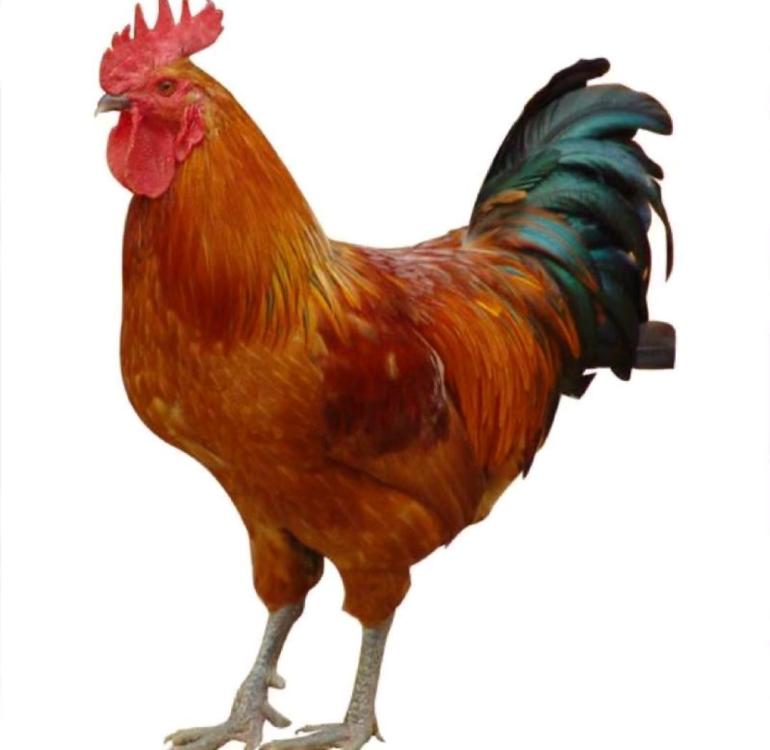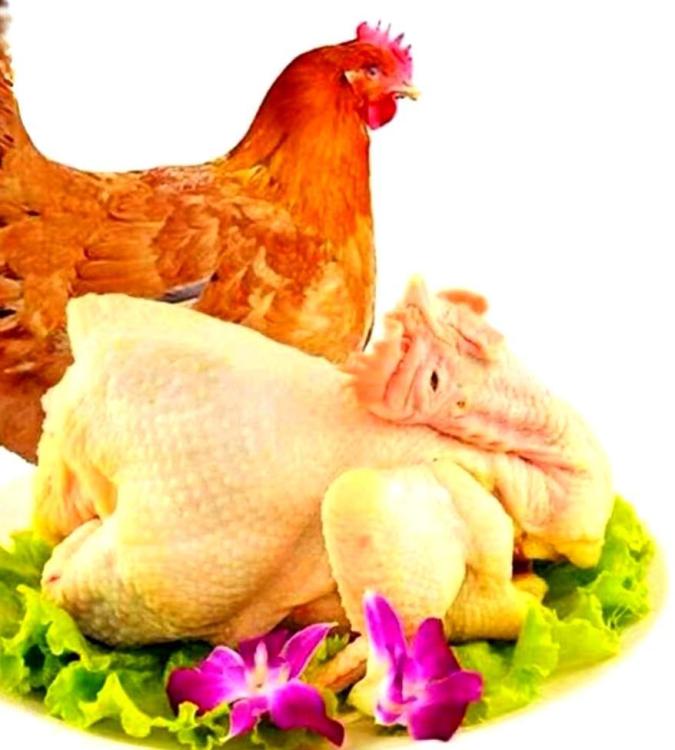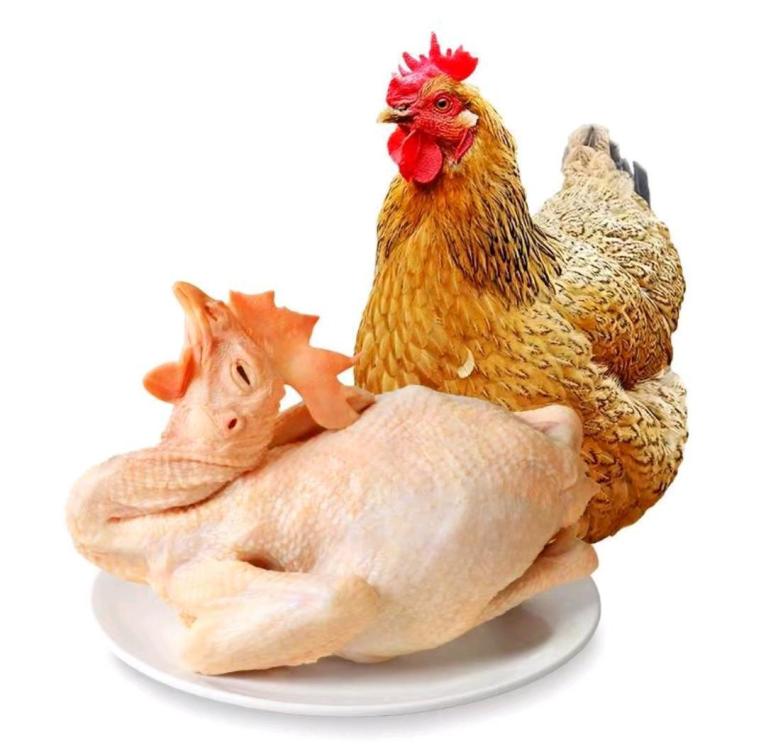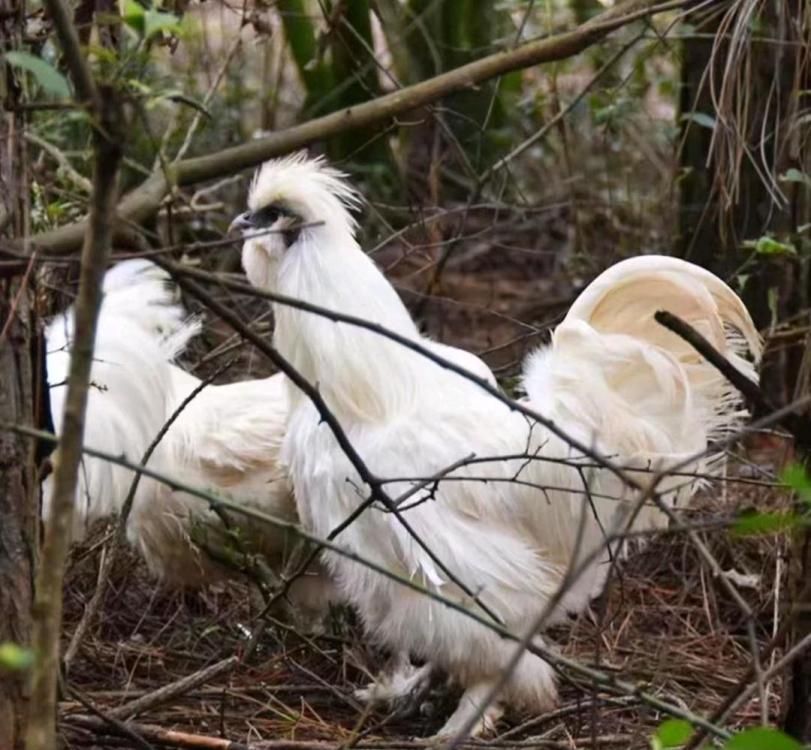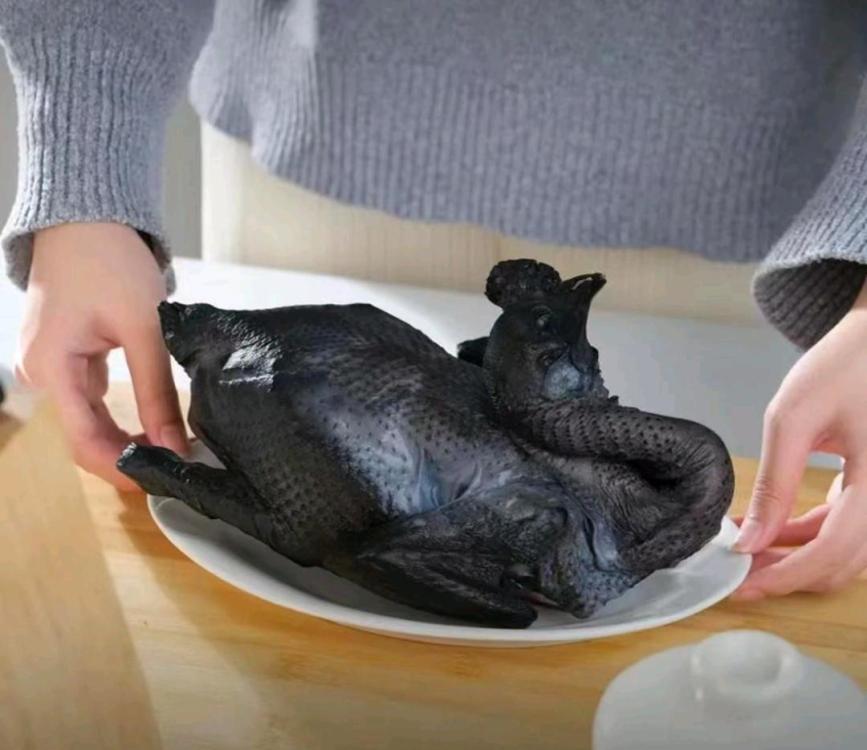The Chinese shopper takes their Gallus domesticus seriously. You don't just run out and pick up a tasteless, factory-raised, environmentally suspect, frozen, cheap protein. Buying a chicken is, for many people a labour of love.
Markets have the birds live and the shopper will probe, poke and prod the tethered specimens on display in search of the one that most meets their high standards, then go home toting their flapping, shackled choice. (The vendor will despatch and de-feather it if you insist but few do.)
The shoppers are also cognisant of the various breeds on offer and which are best for which dish.
I mentioned the highly desirable 文昌鸡 (Wenchang chicken) in the last post here. There are others.
S: 三黄鸡; T; 三黃雞 (sān huáng jī), 'three yellows chicken' is a breed from the east of China, now raised everywhere. Almost all are raised organically. S:土鸡; T: 土雞 (tǔ jī) are free-range chickens of which 3-yellow is the main breed. The name refers to them having yellowish plumage (羽毛 - yǔ máo), yellow beaks (嘴 - zuǐ), and yellow feet (S:脚; T: 腳 (jiǎo).
Three yellows chicken
Three yellows chicken
By far the most common dish using these and other chickens are simple but deeply flavoursome soups. However, these are most often made with S: 老母鸡; T: 老母雞 (lǎo mǔ jī), old (layer) hens. These birds are between 2 and 4 years old. Most supermarkets' chickens' life span is mere months. Or even weeks.
S: 老母鸡煲汤; T: 老母雞煲湯 (lǎo mǔ jī bāo tāng), long-simmered old hen soup is very simple, containing only the bird with Shaoxing wine, garlic, ginger, scallion and salt as its base. Considered medicinal, jujube, going berries, dried mushrooms, ginseng and astralagus, a TCM herb, may be added.
Old hen (老母鸡)
Another favourite medicinal soup bird is the flightless silkie - Gallus domesticus Brisson. Although most chickens are pretty hopeless at flying, the silkie can't fly at all; it has the wrong kind of feathers.
Most silkies are white feathered but black inside: black bones and flesh. They are are high in carnitine which has a reputation for being an anti-aging agent as well as a supplement for athletes. There is zero evidence for this.
In Chinese, they have various names, the most common being S: 乌骨鸡; T: 烏骨雞 (wū gǔ jī), black-boned chicken or simply S: 乌鸡; T: 烏雞 (wū jī), black chicken.
There is little meat on these, but they make very good stock. Very flavourful. For Chinese people, the soup is the equivalent of 'Jewish penicillin'.
Supermarket tend to not to have much in the way of whole birds but have all their constituent parts and I mean all.
There are other breeds, some highly localised. I'll get to those sometime soon.


